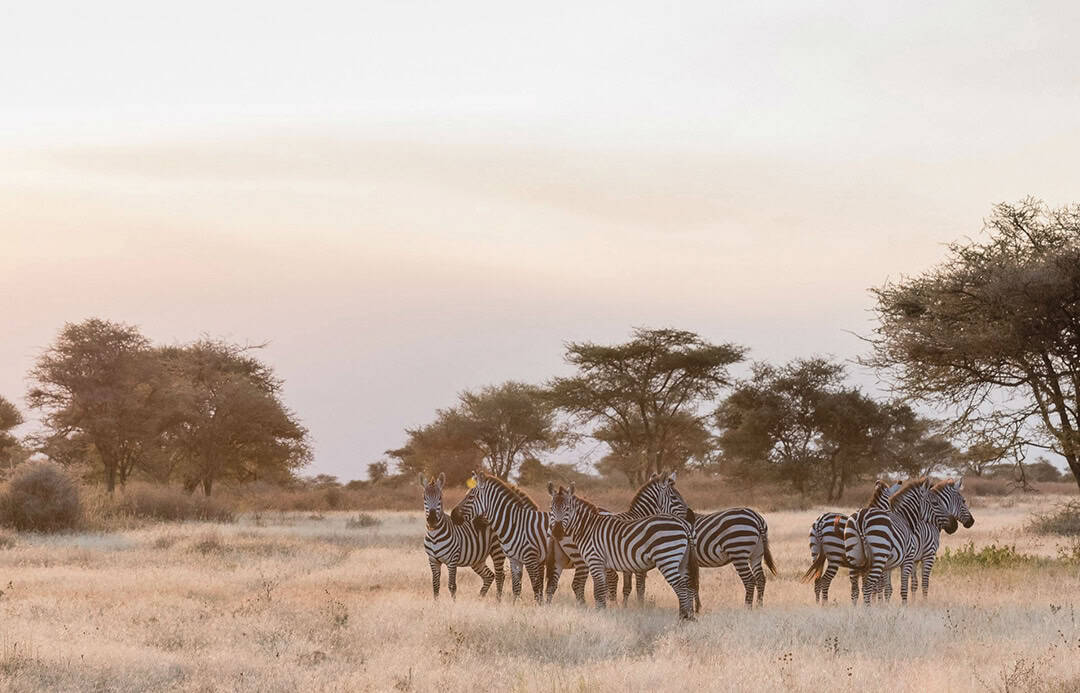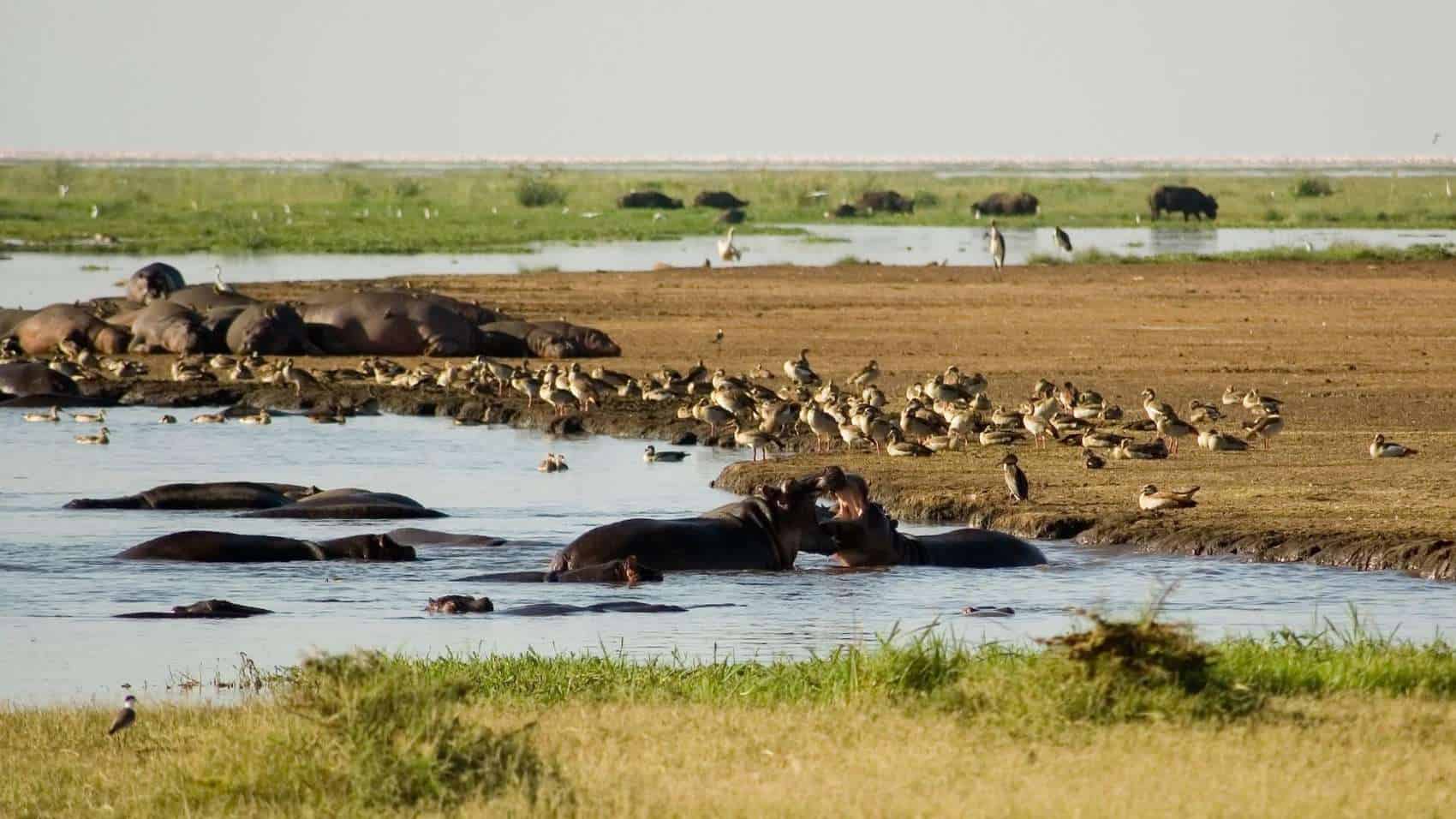
Ngorongoro Crater tends to be relatively warm and wet in November, with an average daily maximum temperature of 22°C, a nightly minimum of 10°C, and around 110mm of rainfall. These short rains are usually not so heavy as to have a negative impact on tourism, and they create an spring-like aura of regeneration to the landscape following the long dry season. Wildlife is plentiful, with the migrating herds of wildebeest and zebra pouring into the Serengeti-Ngorongoro border area after spending the dry season further north, and many animals start breeding at this time of year. For birders, the first of the Palaearctic migrants usually arrive in November. Further afield, November isn’t the greatest month for a beach holiday on Zanzibar or for climbing Kilimanjaro, so Ngorongoro tends to be less crowded than average.






















